As I’m about to do the final revisions on my dissertation, I have started reminiscing about my PhD trajectory. I envision myself writing a trilogy (or tetralogy) of posts that span the last 1.5 years of my candidature. Welcome to part 1, #dissertating, which takes us from ca. January 2019 to ca. October 2019. Part 2 can be found here.
Many pictures below, pinky promise.
Preliminary steps
But actually we need to go back even further in time, to the eventful day when I got my acceptance letter all the way in April 2015 (has it really been that long?!). I remember being happy that I got to go back to Taiwan after having attended a summer school here, but also a bit anxious. I found myself sitting on a train in Belgium (so you know I had spare time) and started to review the steps needed to complete the program that I was yet to begin.
The degree requirements included 27 credits, of which 3 (= 1 course) was required and 24 elective. Furthermore, of the 24, 12 need to be in your major (phonology & morphology, syntax, semantics & pragmatics, applied linguistics, or computational linguistics), and 6 in a minor of the same group. I eventually majored in semantics and pragmatics with a minor in applied linguistics, although it’s actually also pretty computational. It’s just a matter of semantics (ha!).
This step of credits takes about two to three years to complete, and I enjoyed classes so I just kept taking them throughout the years. What I did find out quite soon after starting my first semester in which I took 15 credits was that this was a form of hybris – one credit was heavier here than it had been in Leuven, where one year standard is comprised of 60 credits. Oopsie. But we survived.
The next, and actually even harder part, is the publication (technically acceptance) of two papers (in reputable journals / books). This is also known as the QPPQ (Qualifying Papers of Publishable Quality). I completed this at the end of June 2018 and subsequently was transformed into a Candidate. (Ask me for my papers on Chinese expressions related to the weather and iconicity, or on a historical advance of different written forms of ideophones if you are interested and cannot access it.)
All the while doing this, i.e., when I was waiting for reviews, I tried to attend a minimum of two international conferences per year. I’ve performed 15 different oral presentations and posters now (12-3 split). Other than this, I worked on consolidating the database (project) that would form the backbone of my dissertation, organizing our home conference (ICPEAL-)CLDC in 2019, and writing my dissertation, which I envisioned as a good, thick standalone work that nevertheless has the potential to become different papers. The unfortunate/fortunate result is that I have a number of papers that are waiting to be written up (from my conferences) but still haven’t. I currently envision a Fall where I do that from the comfort of home, while distancing socially.
#dissertating, part 1
After the conference ended I rushed to the writing board to continue the development of my thesis. Because the next step in the program at NTU is called the Proposal. This is actually not so much a full proposal as more of an outline of what you plan to do. Hmmm, writing it out like this makes it seem very similar, but there is a difference: proposal sounds more preliminary (?).
I won’t bore you with all the details, but if you are interested, here are the slides of what my plan looked like at the time. I wrote about 80 pages of manuscript to illustrate this. I passed it and at least that stage was over. Here is a picture of my committee and me after the event.

After some soul searching next to the Drunken Moon Lake on campus, I tried to analyze the five directions I was being pulled in. Some examples of things they wanted me to do: add more examples, arrange things chronologically (instead of thematically), add genre effects, look at phonesthemes in the phonology but also radicals, do sound symbolism, add more details about the code without writing the actual code, leave things that I couldn’t explain behind, leave acquisition out of the research in the dissertation, add more Chinese papers and so on. There were also a few thinking questions: 1) what is the scope of ‘ideophone’ in Chinese? 2) what is the story of your dissertation?
And finally there were two questions / comments that I could not answer because I just did not expect them at all. The first of these was the methodological question pertaining to ALL SEMANTIC STUDIES. It went like this: We have dictionaries, so why would we even need semantic studies?? And I just stood there with my mouth full of teeth, unable to reply, because this question touches upon the foundation of all of semantics. Why would you even need to do linguistic research. We have dictionaries, isn’t that enough? (Send your answers to me.)
The second one was a comment: encyclopedic knowledge is not important for linguistics. I am sorry but I couldn’t can’t even. Especially for a topic like ideophones, rooted in usage, encyclopedic knowledge is everything. In that moment I realized I was living in a linguistics universe different from that committee member.

That being said, I was grateful for their comments (despite what the picture above may suggest). I guess more debate is better than no debate. It just isn’t fun when it happens when you’re trying to defend a proposal. So, yeah, the task was up to me to decide how to stretch when being pulled in all these different directions (figure for illustration).
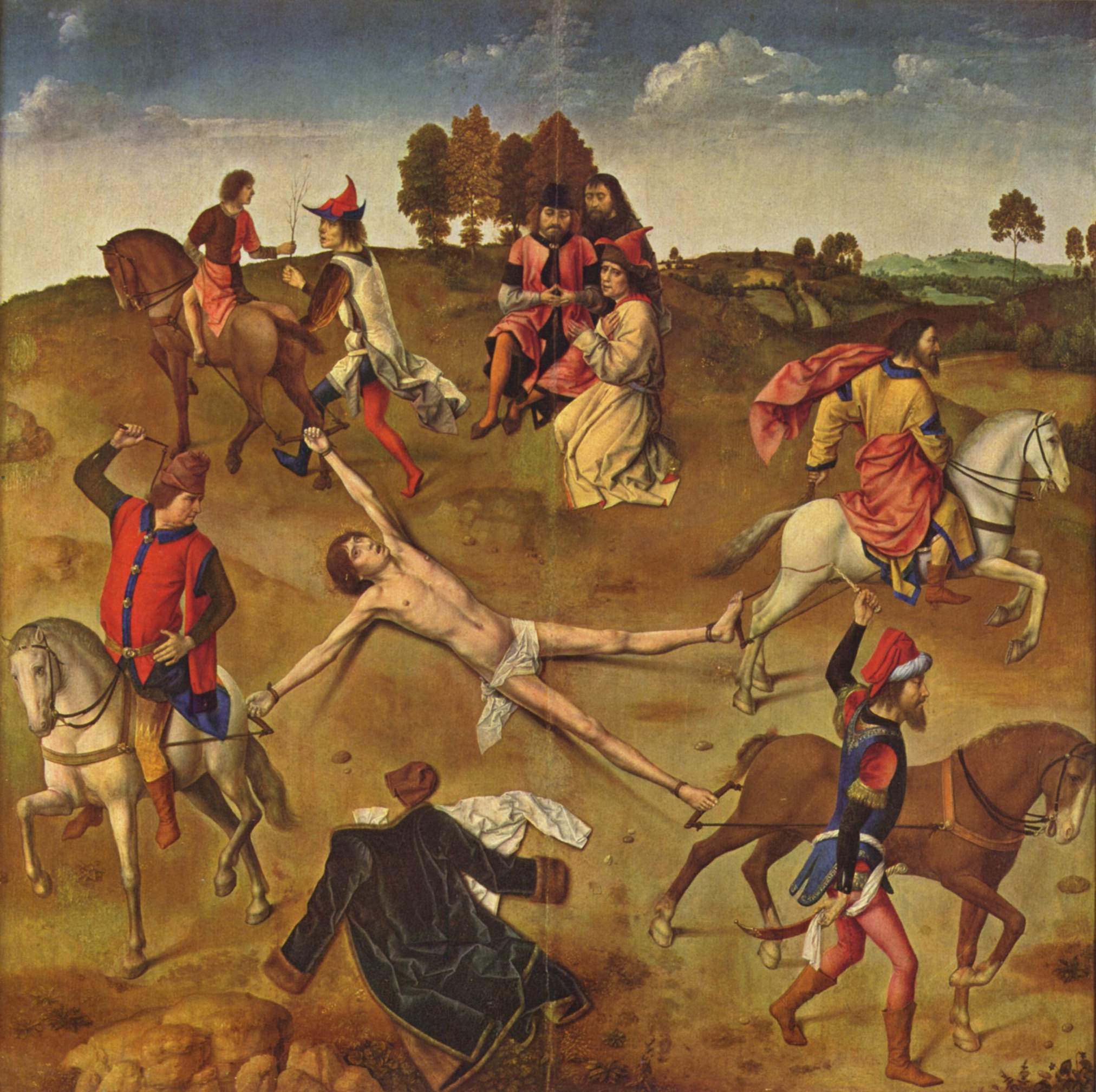
#vacationing
Luckily, after the defense, I had allowed myself some time off. You know how Chinese culture countries have a super long winter break? I wanted to take some time off by visiting my friend Arthur in Hong Kong and my other friend Guillermo in Beijing.
Pictures of Hong Kong (and Macau)



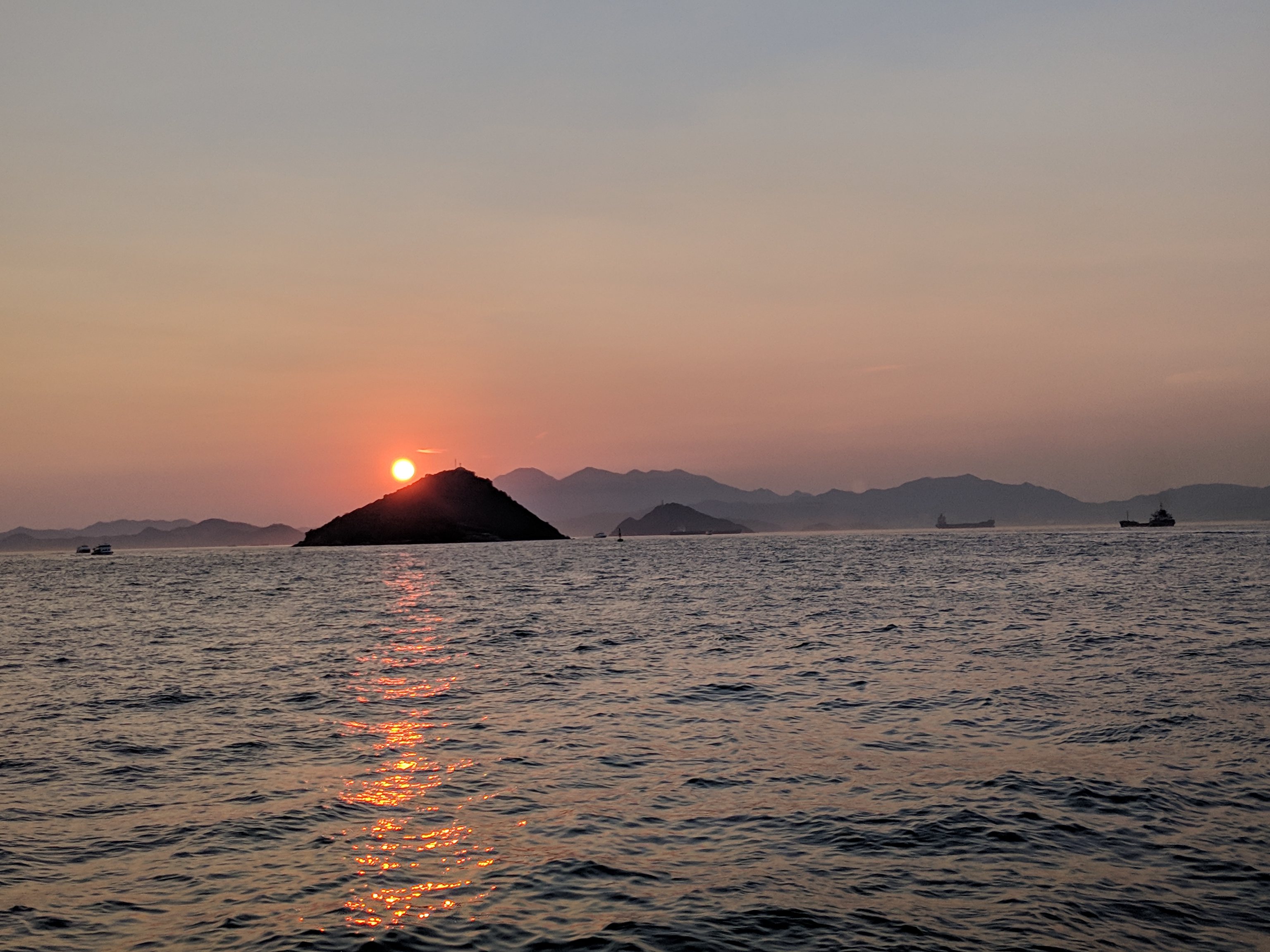

Pictures of Beijing
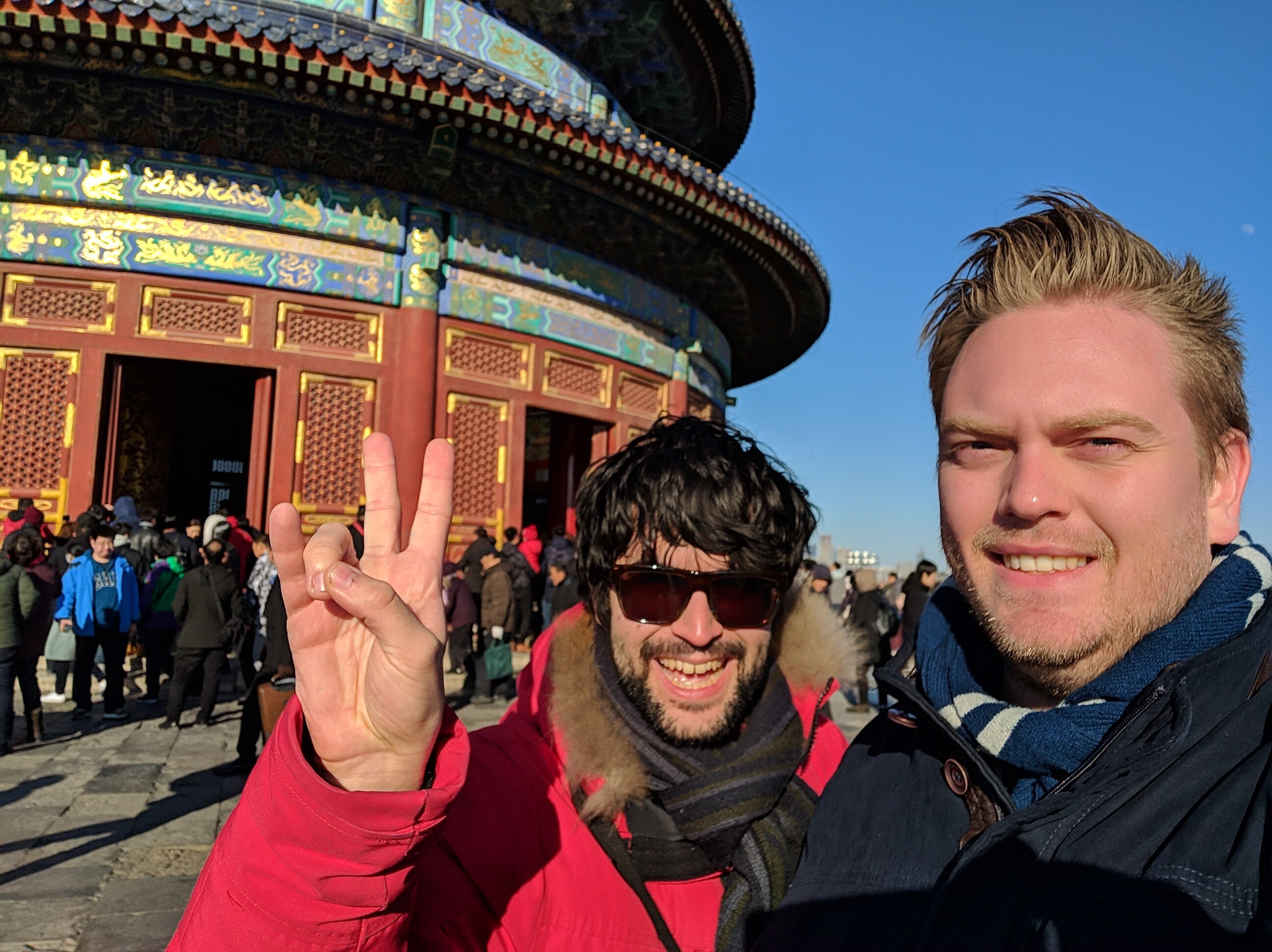

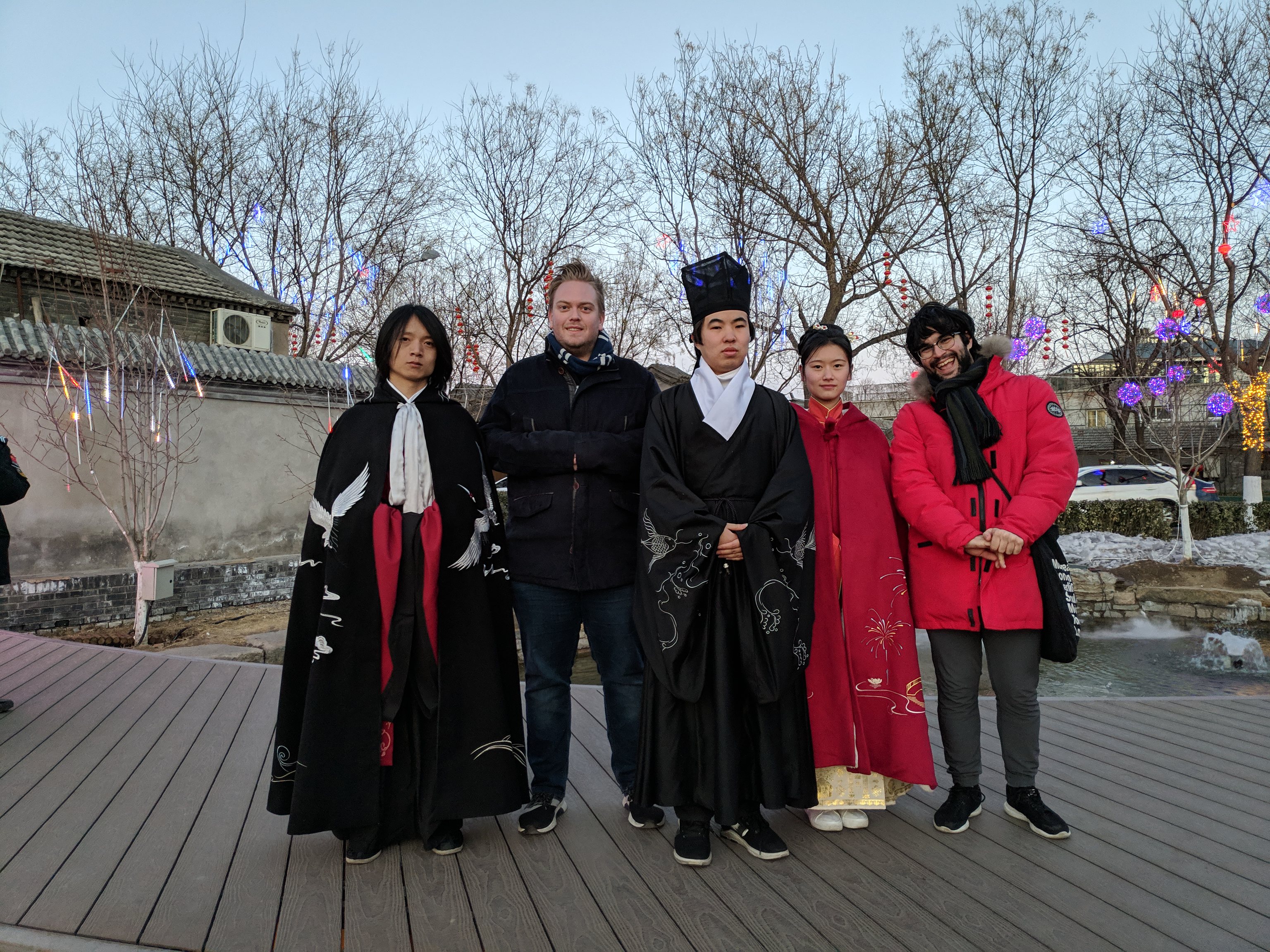





I really felt recharged after this trip and ready to start working on the many questions that were awaiting me.
#CHIDEOD
After coming back, I worked hard, with periodic consultations with Arthur, on my Chinese Ideophone Database (CHIDEOD). We presented it at the ILL Conference in 2019 in Lund (Sweden). But in doing so, I leveled up my coding. I find that it’s often the case that you work hard on a piece of data, which then gives you further inspiration on how to analyze it, or try to approach it. So there were the basic analyses that can be performed with CHIDEOD, but as an open source dataset, it is also meant to be plugged in into corpora, and be used in the design of experiments, or to guide in the creation of surveys, and can even serve as a checklist for more introspective approaches.
So in May we went to Sweden, to do the presentation. Here are some photos of that research (but also fun) trip.


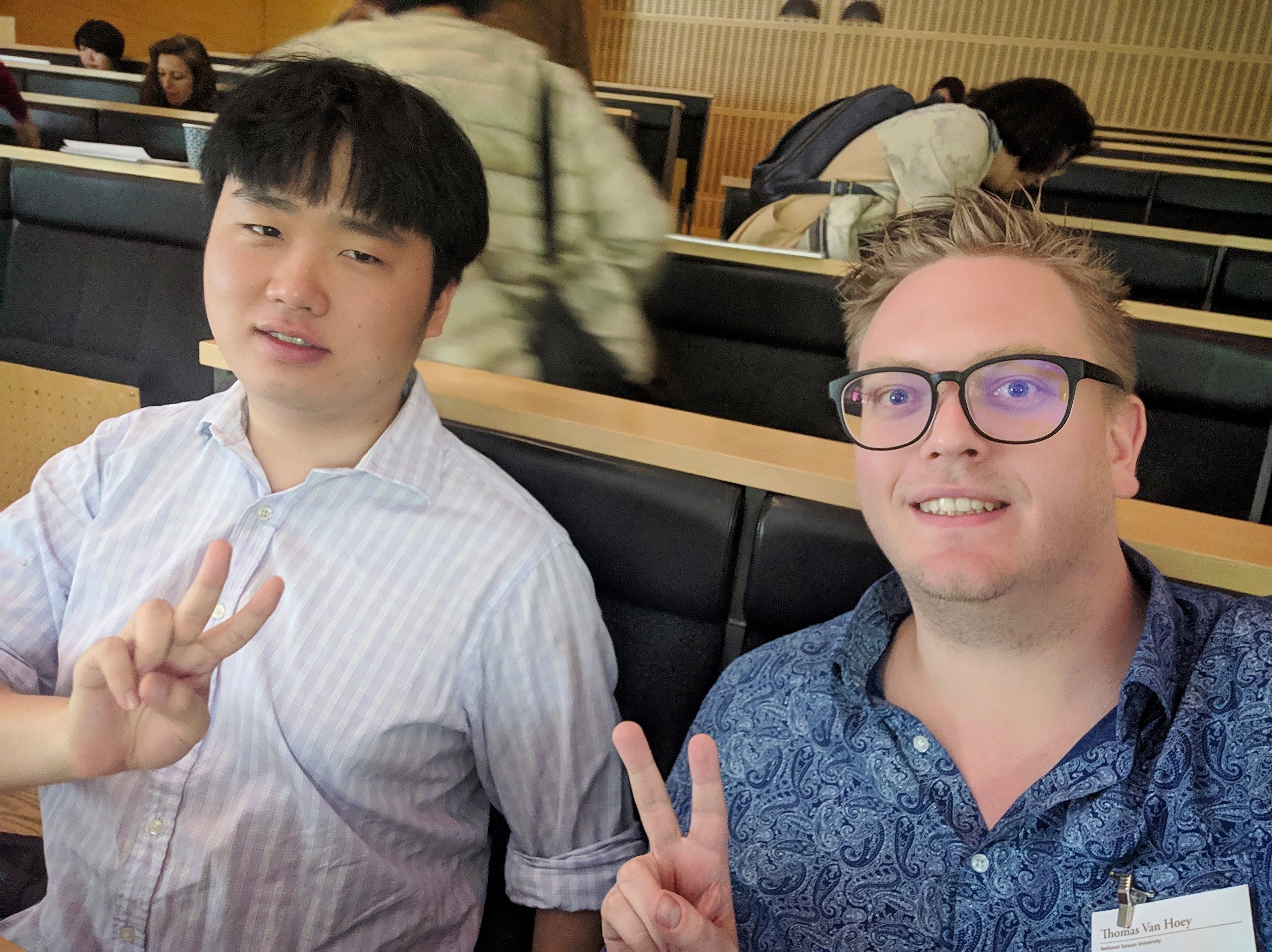
And I got to meet my mum in Denmark as well!!


I really got a big amount of inspiration from the conference (find our presentation here). For instance, I got to know more about Bodo Winter’s experimental and survey work on sensory linguistics, got to know the brilliant and brilliantly funny Bonnie McLean, got to rub shoulders again with Mark Dingemanse, got to see well-known names from the literature in the flesh, got to learn about the exciting work that is being done. Yeah, it was good. I especially enjoyed the round table about what iconicity is. I think Mark summed it up pretty well: “Iconicity is in the eye of the beholder”.
Once back in Taipei I started preparing my conferences for the summer: an invited talk in Nagoya, two talks at ICLC in Nishinomiya (and later on also co-hosting a session). I worked (again) through Natalia Levshina’s book How to do linguistics with R and with the data in place I finally knew what needed to be done to investigate the scope of my data: Multiple Correspondence Analysis. So, should you ever see this, thank you Natalia.
#Byebye classmates
The Spring semester of 2019 was also the time where most of the remaining classmates that started out with me all those years ago (in the MA program) finally graduated. That plus three senior students, Taco, Chester and Simon, who graduated as freshly-minted PhDs from the GIL at NTU. I was really sad to see most of them go, e.g., Greg, Richard, Nina, Caridee, Naiwen, and of course CJ. I hope that you’ve done well in the past year so far.



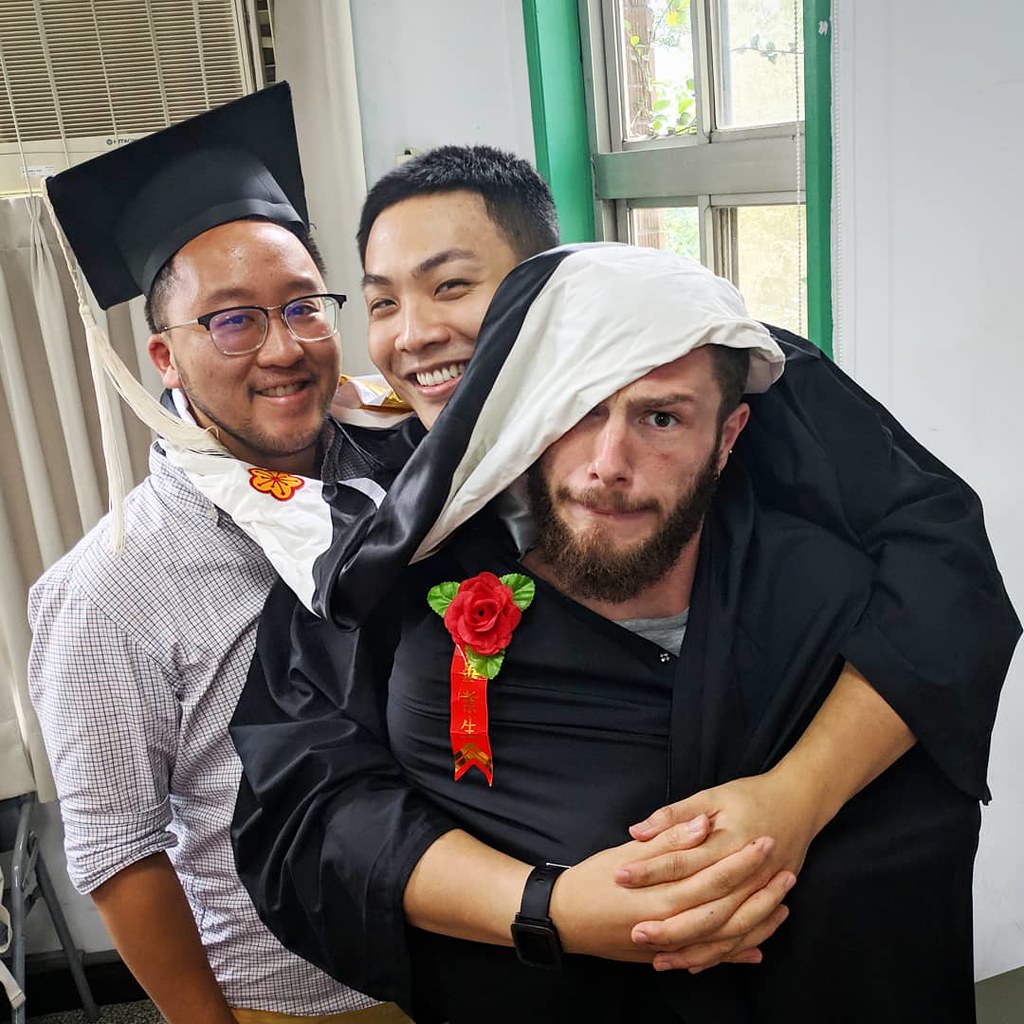
#BelgianReconnections
In 2019 I also got to reconnect with a Belgian professor of Taiwan studies here, Ann Heylen. I got to work with her on a newspaper project that investigated how Taiwan (Formosa) was reported on in different media venues.

But I was also visited by Nicolas Standaert in the summer, one of my professors when I studied Chinese at KU Leuven.

And later in the year I got the opportunity to meet (and invite) my old MA thesis advisor Willy Vande Walle here in Taipei.

I want to thank all of them for their advice and the pleasant talks.
#Japan
After saying goodbye to the classmates, I got to go to Japan. The plan was simple: I would go first and do my invited talk in Nagoya’s Nanzan University, arranged by the ever so friendly Kimi Akita and Keiko Murasagi. Then I would solo travel and start my Cognitive Linguistics conference. And then CJ would join me and we would conquer the west of Japan, by railpass. I know that most of you have seen these pictures, which I selectively spread out from August till December on instagram, but I am still going to share my favorite pics here as well. #sorrynotsorry.
Nagoya and Nara
So in Nagoya I presented on the use of Multiple Correspondence Analysis in relation to CHIDEOD data, click here for the slides. After the valuable feedback from the audience I got to go to Nara, with Bonnie “I am doing the classic swing by Japan on my way from Australia to Europe shortcut” McLean and her boyfriend John Huisman, as well as an expert on Munda ideophones, Maki (if I remember correctly – it’s been almost a year). Finally I got to make my dream come true of feeding the deer (and being harassed by them), as well as soaking up the ancient athmosphere that still lingers in that ancient capital of Japan. I loved it. Then, I couldn’t be more surprised to find out my friend Takeshita ‘Zhúxià’ Mai, who was my classmate when I was abroad in Suzhou, lives close to Nara. Naturally, we met up and I had a great night.







Nishinomiya
After Nara it was time to attend ICLC, the biggest Cognitive Linguistics conference out there, this time held in Nishinomiya (close to Osaka). It was great to reconnect with some other old professors of mine, like Dirk Geeraerts, but also friend-scholars from all around the globe. And I was kind of proud that our institute had quite a big delegation, I think about 8 people, so well done, us. Go tigers! (What is the mascotte of NTU, I have no idea.)
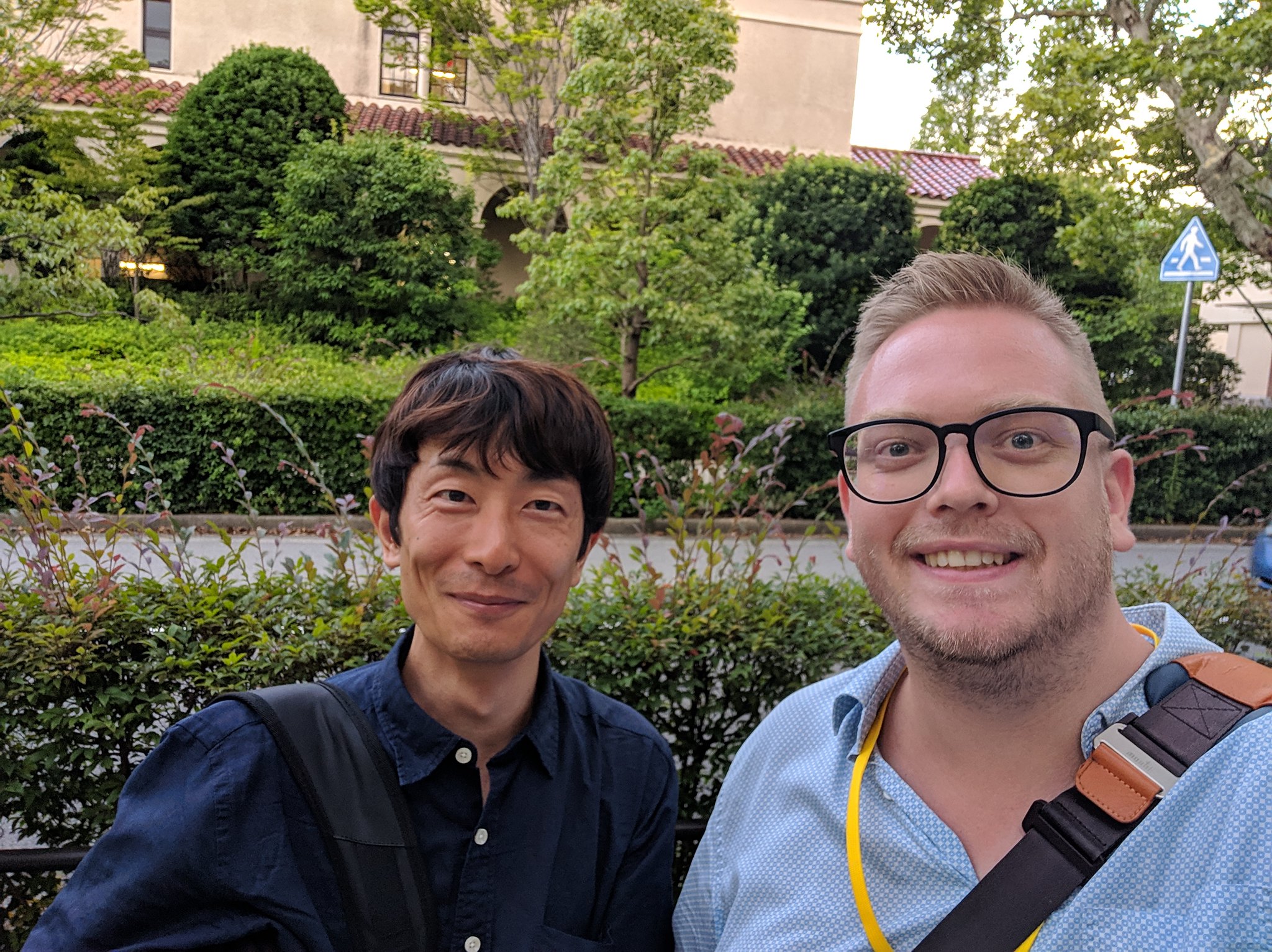




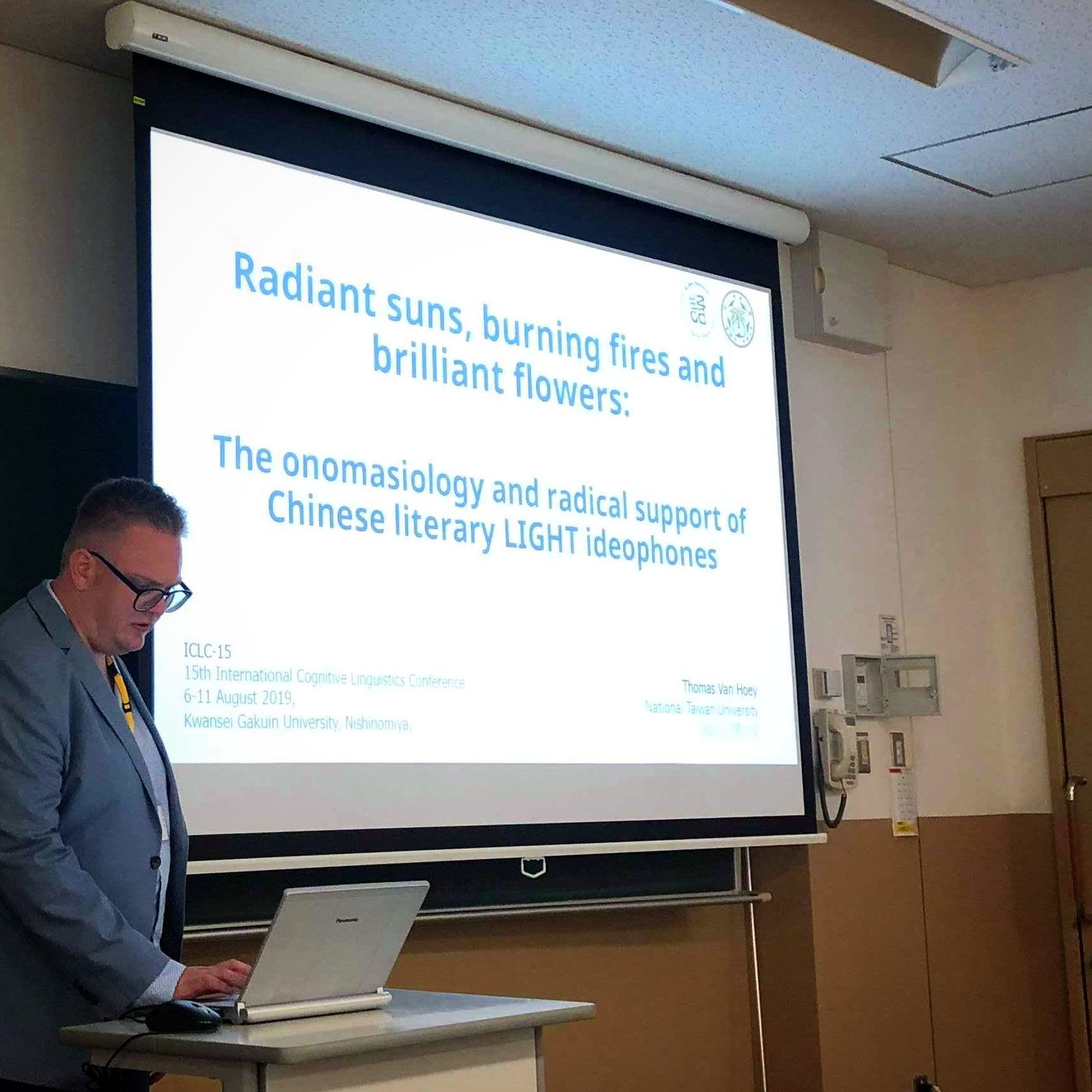

The slides for my first presentation on how to study Chinese ideophones historically with semantic vector spaces can be found here.. The remarks of the audience kind of confirmed my way of thinking, but had a few critical notes that I later on tried to resolve.
The other presentation looked at how Chinese infants and kids acquired onomatopoeia and reduplications, and how they use them in an intersubjective manner. Crucially we used the childesr package, which is a mirror of the CHILDES corpora, but standardized in nice and clean R instead of idiosyncratic CHAT code. The slides can be found here.
West-Japan with CJ
¡Ay díos mio! my trip with CJ to Japan’s west was simply the best. I will try to make it kind of brief.
We went to Himeji castle, Japan’s most famous castle. Next to it there is also a fabulous garden, Kōko-en, do visit it!



We were based in Okayama, because it was kind of central on our railpass itinerary. But it also turns out that Okayama also has this beautiful famous garden, Kōraku-en.

Then later we went to Miyajima, to see the famous floating torii in the Itsukushima shrine. Unfortunately, the torii itself was under renovation (in preparation for the 2020 Olympics that are postponed), but we still got some really nice views and I loved the place.
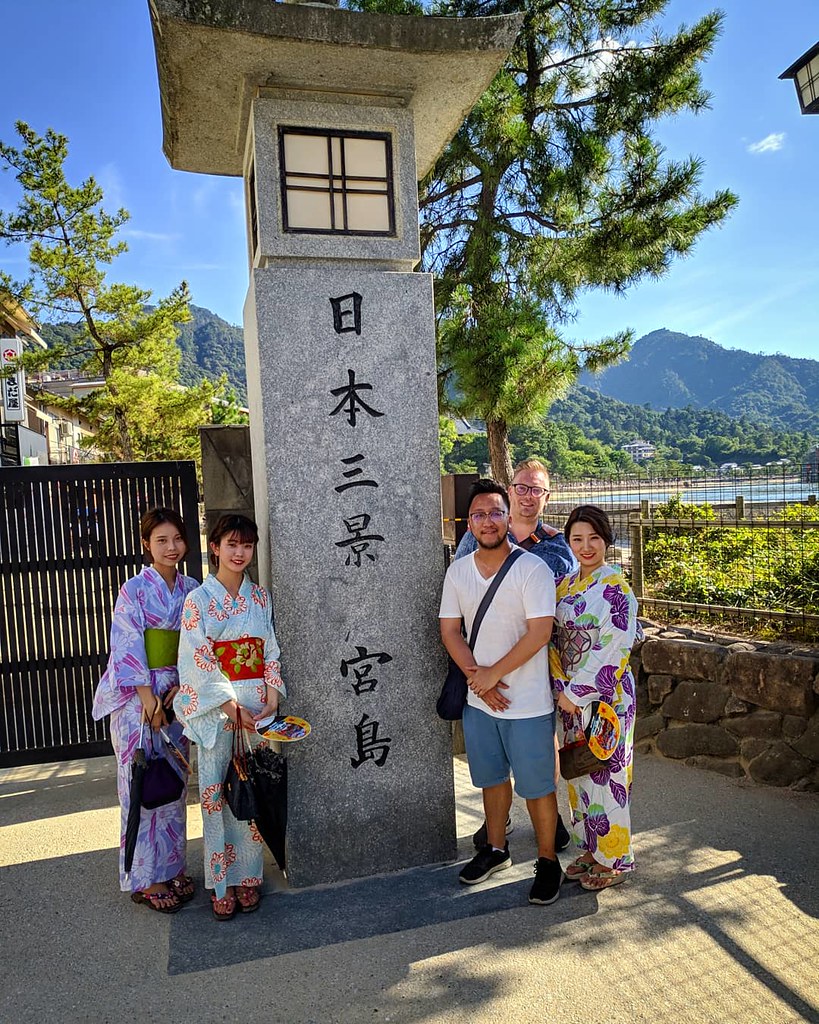
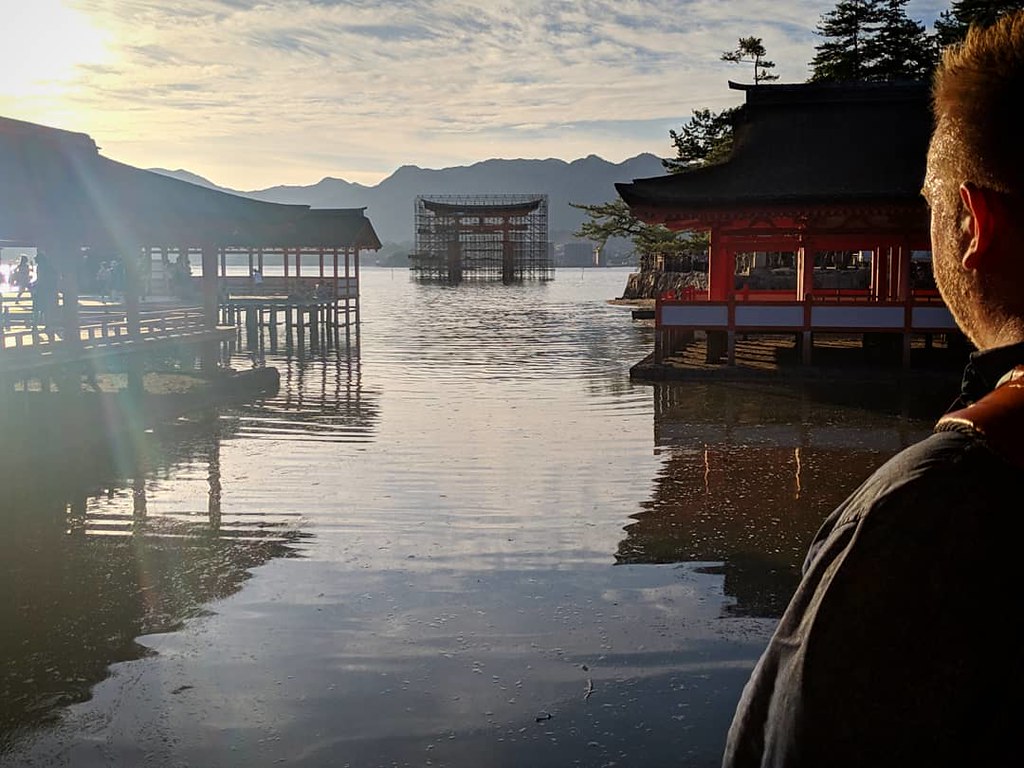


Next on the trip was a meeting with one of my best friend of my Suzhou days: Ishii Yuya. I hadn’t seen him in so long but was really thrilled to have reconnected with him and seeing that he’s doing well. He lives in Shikoku, so he graciously offered us a tour of Marugame and Takamatsu. In the former we got to enjoy his dad’s noodles (美味しかったです) and the most amazing view of the main island; in the latter we went to another famous garden Ritsurin kōen and to a local festival. As can be seen, I like kimonos and yukatas a lot. I think they thought it was 面白い that a 外国人 was interested in their outfits.
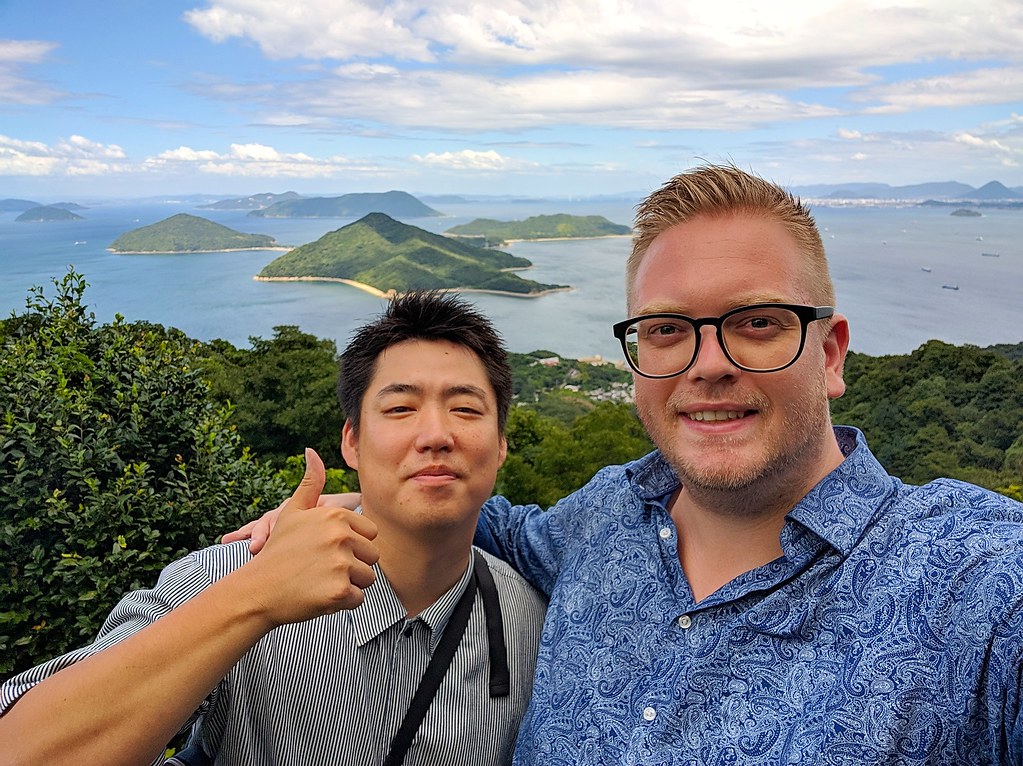




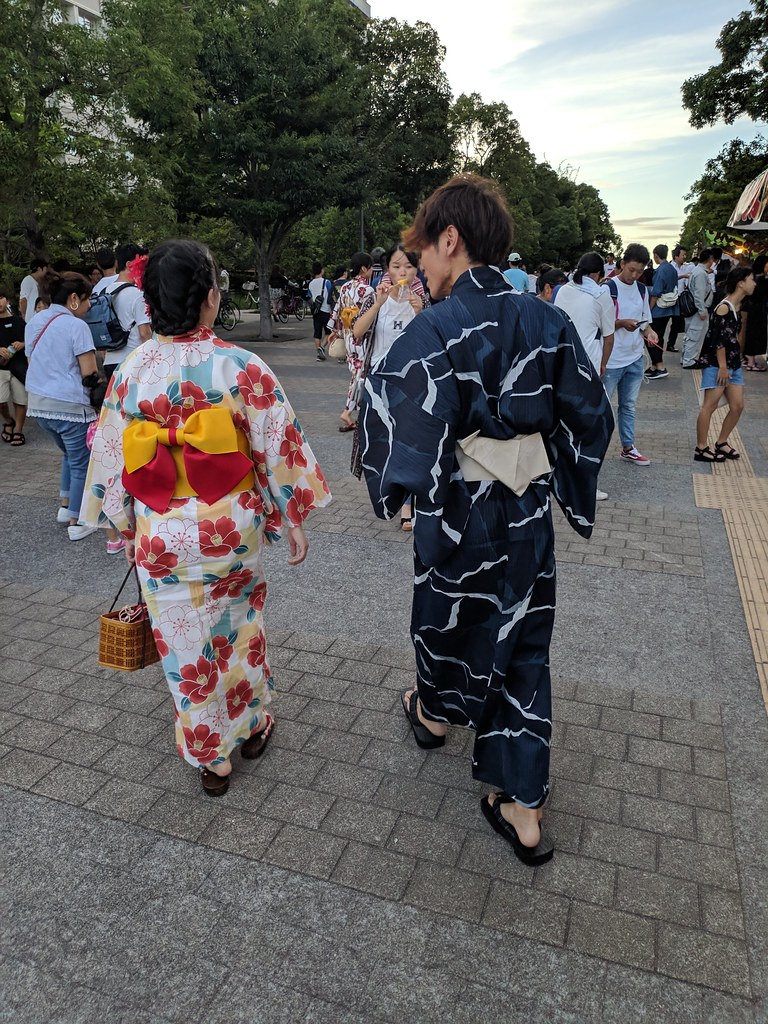
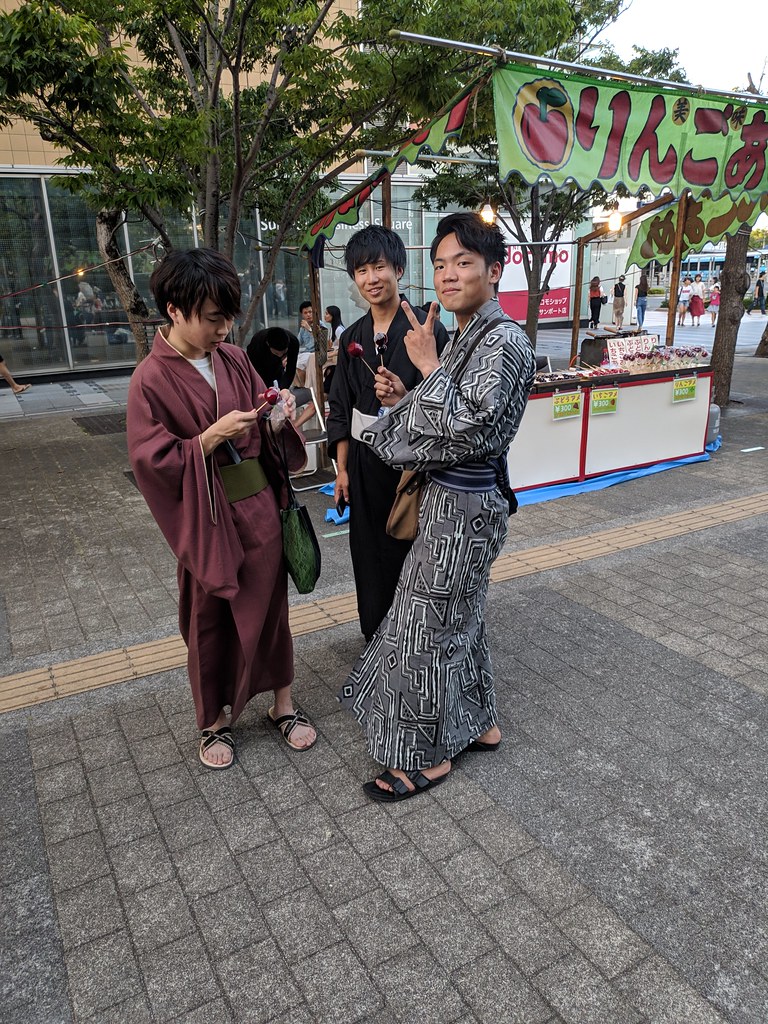
Next was Hiroshima, a city that does not need any introduction. I loved the vibe though in the city. Naturally we visited the Dome and the atomic bomb museum, which were very moving.
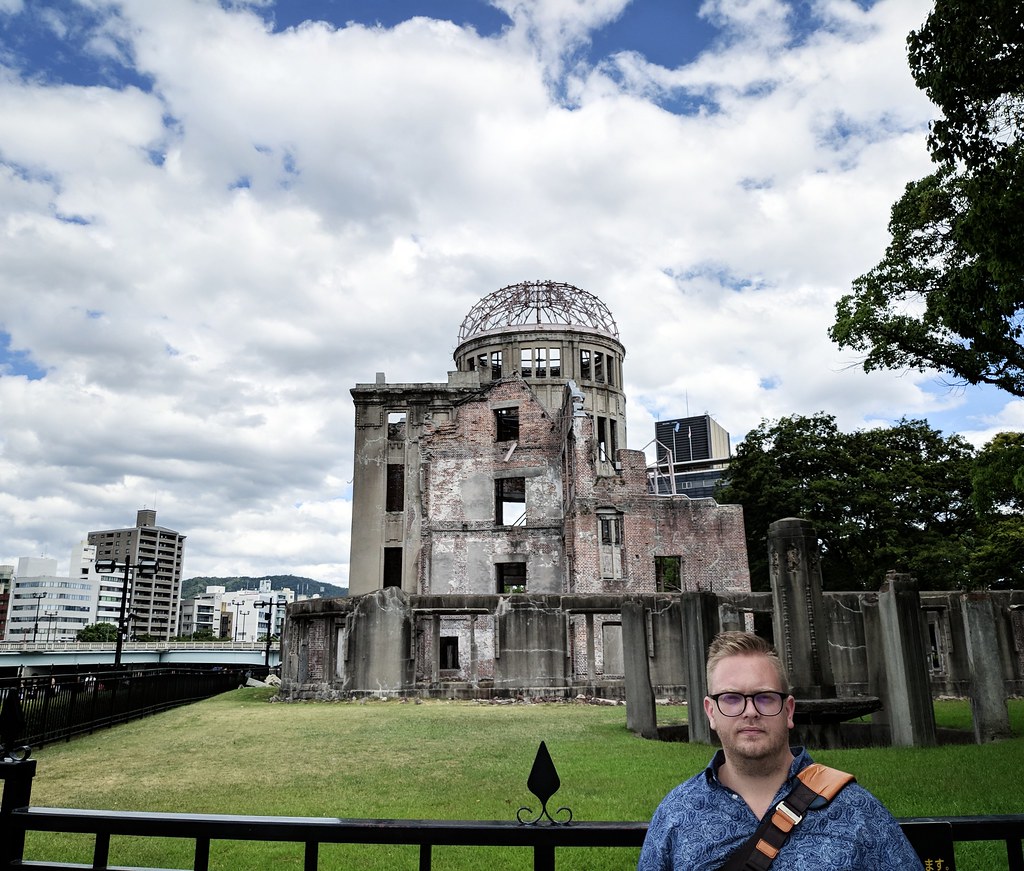
After this trip the weather started turning and we kind of fled from Okayama (where we stayed) to our next stop, Kyōto. But what a beauty Kyōto is. I can totally understand why my advisor studied there. I liked Tōkyō, but I think I fell in love with Kyōto (or maybe even more Hiroshima). There are temples EVERYWHERE, and I really liked the older districts. A very select number of pictures of the many we took below, including the Golden Pavilion, the Burning character festival, the Inari shrine,
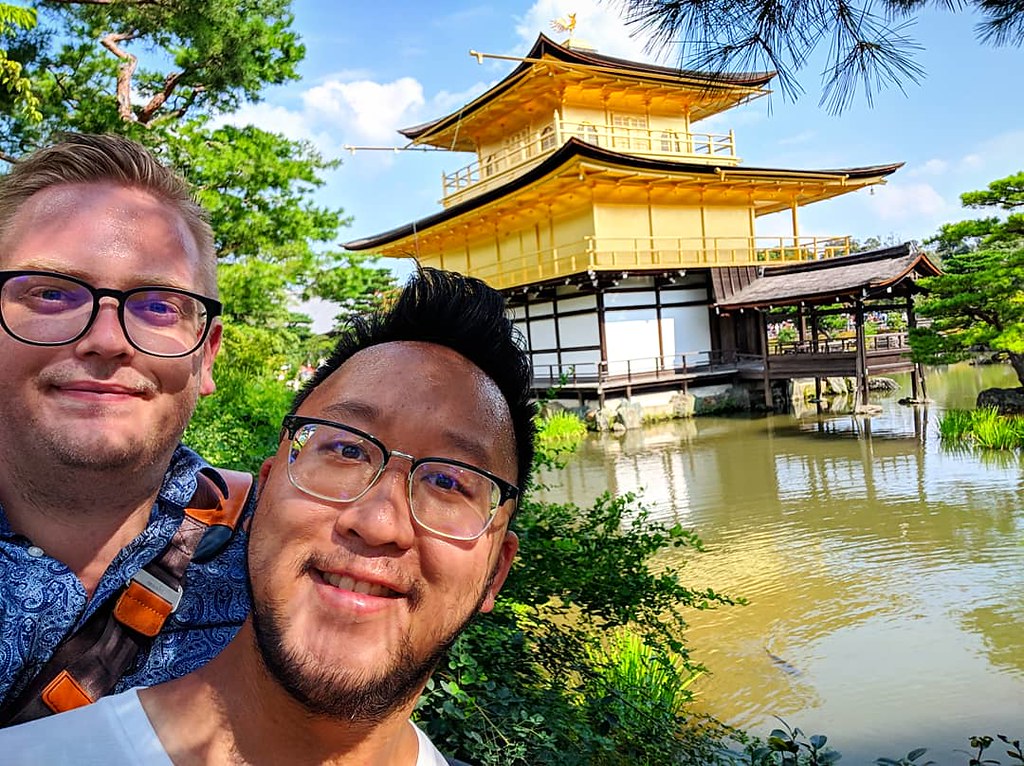

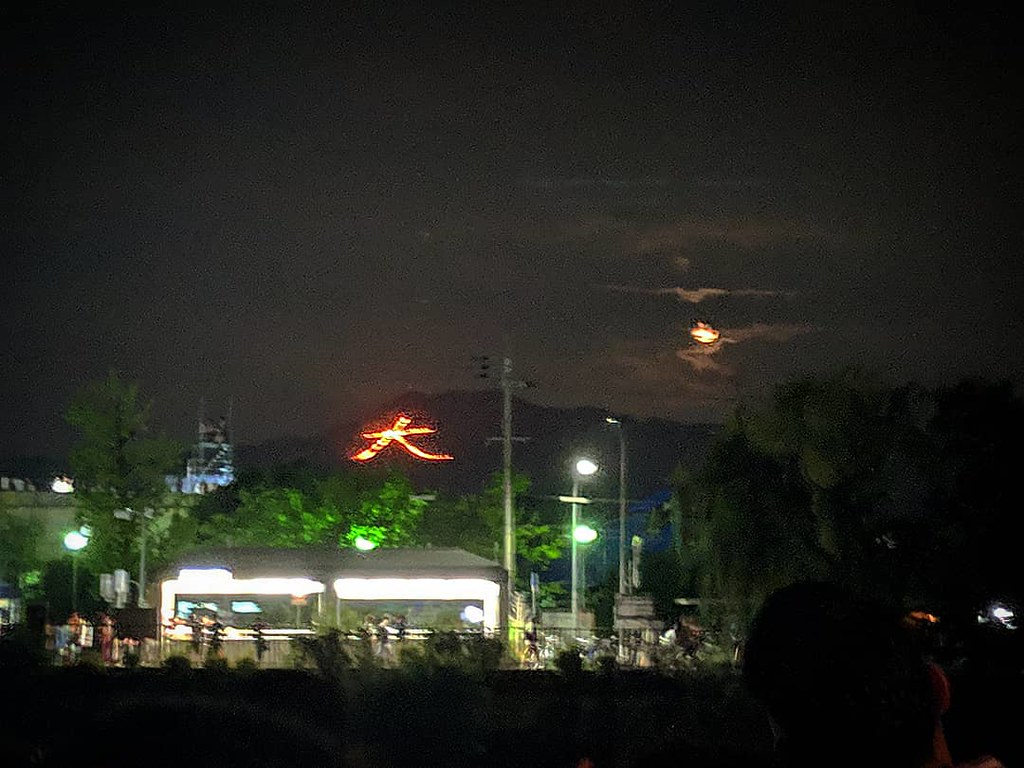

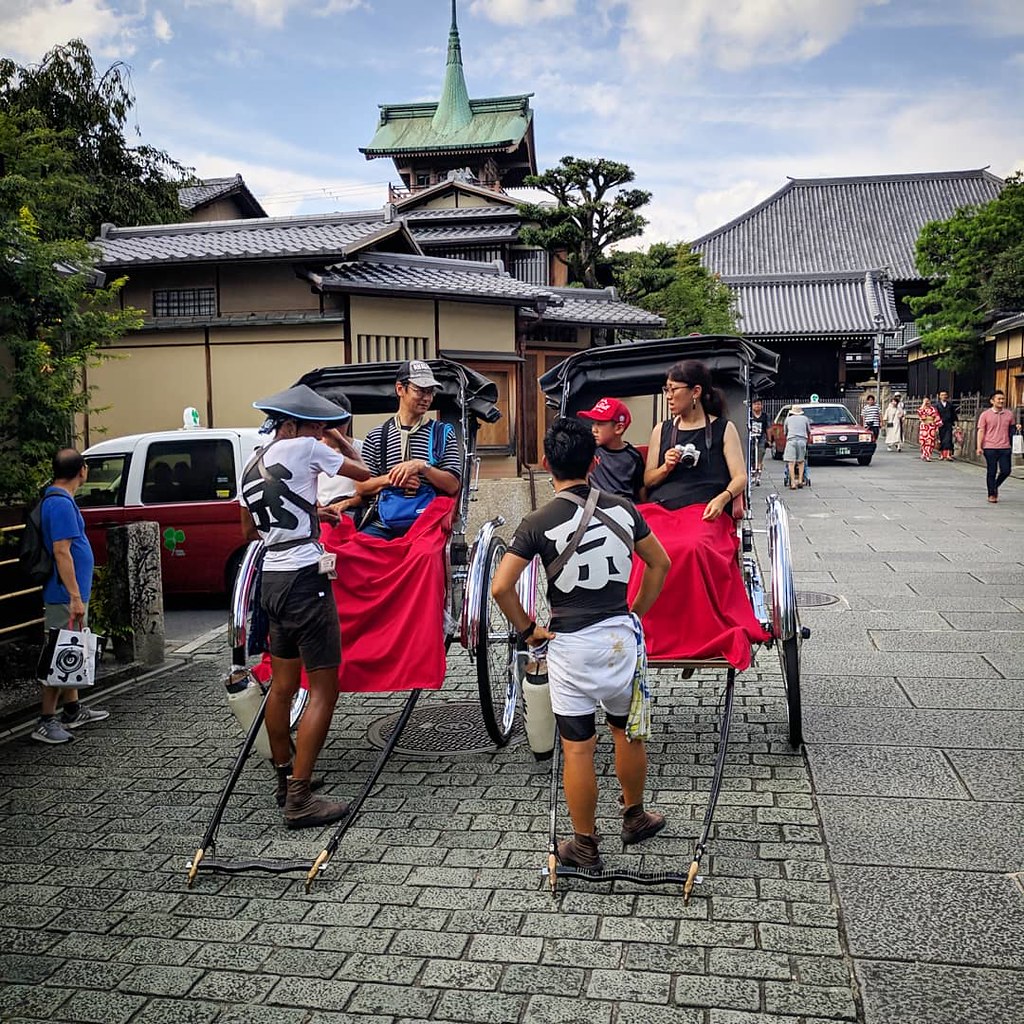
If you ever feel the need to see more Japan pictures, I am always available. Unfortunately, we now must turn to the inevitable part of this report.
#InMemoriam
As we were enjoying Japan, having reconnected with so many friends and teachers from around the world, I got a message from my family near the end of our trip. My grandfather (‘opa’) Theo Venckeleer, eminent scholar of Medieval French (see here) had been hospitalized for the last time. Luckily I still got to videochat with him, but it became clear quite fast that there wouldn’t have been a way to go back in time to Belgium to just hold his hand and say the last goodbyes. Even writing this now it still pains my heart to think that this linguistics scholar, who had always supported me, especially in my own scholarly career, was now fading away, even much so that in the end he could only say yes and no but still understood everything – it just wouldn’t come out (Broca’s aphasia). One of my biggest regrets is not finishing my PhD in time for him to see me become a doctor.
I still remember being in Osaka, having heard the news, and just basically fleeing to the laundromat around the corner, to write a letter to him, in order to underscore how much he has meant to me. My mom read the letter to him, and he still understood it, but it is unfortunately no subsitute for his presence. Later during the funeral, they also read the letter out loud. Should you be particularly interested, here is the link. I am putting it here mostly for my future self.

#SeeYaCJ
Saying goodbye to Opa was pretty hard, but saying goodbye to CJ was maybe even harder, because he had become such an integral part of my life. Oh no, CJ didn’t kick any buckets, he got into the Linguistics PhD program at UC Santa Barbara and I couldn’t have been prouder. Unfortunately, it also meant that he had to go to the US. Here is us saying goodbye.

I am not going to lie, it was hard being here without him, even with all the videochatting possiblities that the current world has to offer. And the time difference. Urgh. When I went to bed, he just woke up; and he went to bed in my afternoon. There was never a moment where our day was finished at remotely the same time – this whole semester felt like one stretched out day. Luckily he came back in December, but that’s for the next installment in this series.
#dissertating, part 2
Now I still need to turn #dissertating in the Fall semester of 2019. I had a hard time, not in the least because of my losses (yes plural, read the preceding two paragraphs). So I felt kinda lonely, even though there were of course moments I felt happy momentarily, especially when friends came to visit me. But there was just this DISSERTATION looming over my shoulder, a lot of “you should be writing” guilt, and maybe some general ennui as well.
I started teaching English conversation to BA2 at Tatung University, tried to balance a few grant applications, a research project with my advisor, another project with Ann (see above), reworking my database and on and on and on and on and on and on I went, and I really felt like I was going on my own, pretending he’s beside me, all alone…. Nevertheless, I did make strides forward in my research, it’s just sometimes – and I’m pretty sure this happens to all scholars – you just don’t see it for yourself. I got a lot of good tips and inspiration from Tara Brabazon’s youtube channel which I like watching, even now. But yeah, it was a dreadful time.
So there you have it, almost a complete year report. It started out kind of anxious, with the Proposal. But then there were lots of good events and I felt accomplished, enjoying a moderately healthy work-life balance.
But then, everything changed in the second half of the year and the #dissertating became #struggling. Just so you know, things turned out well. I am ending on a down note here, but we’re going up again in the next blog post.